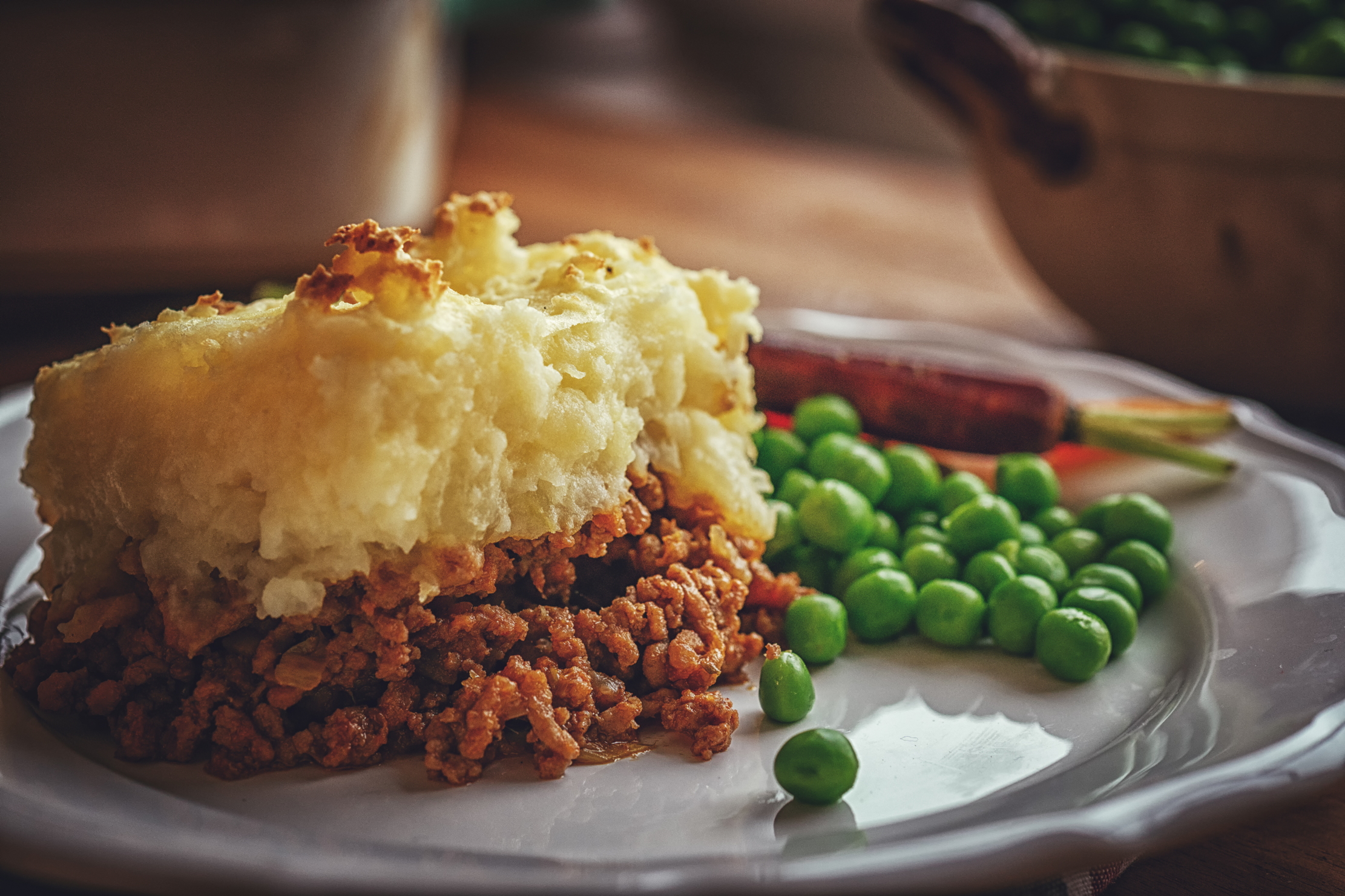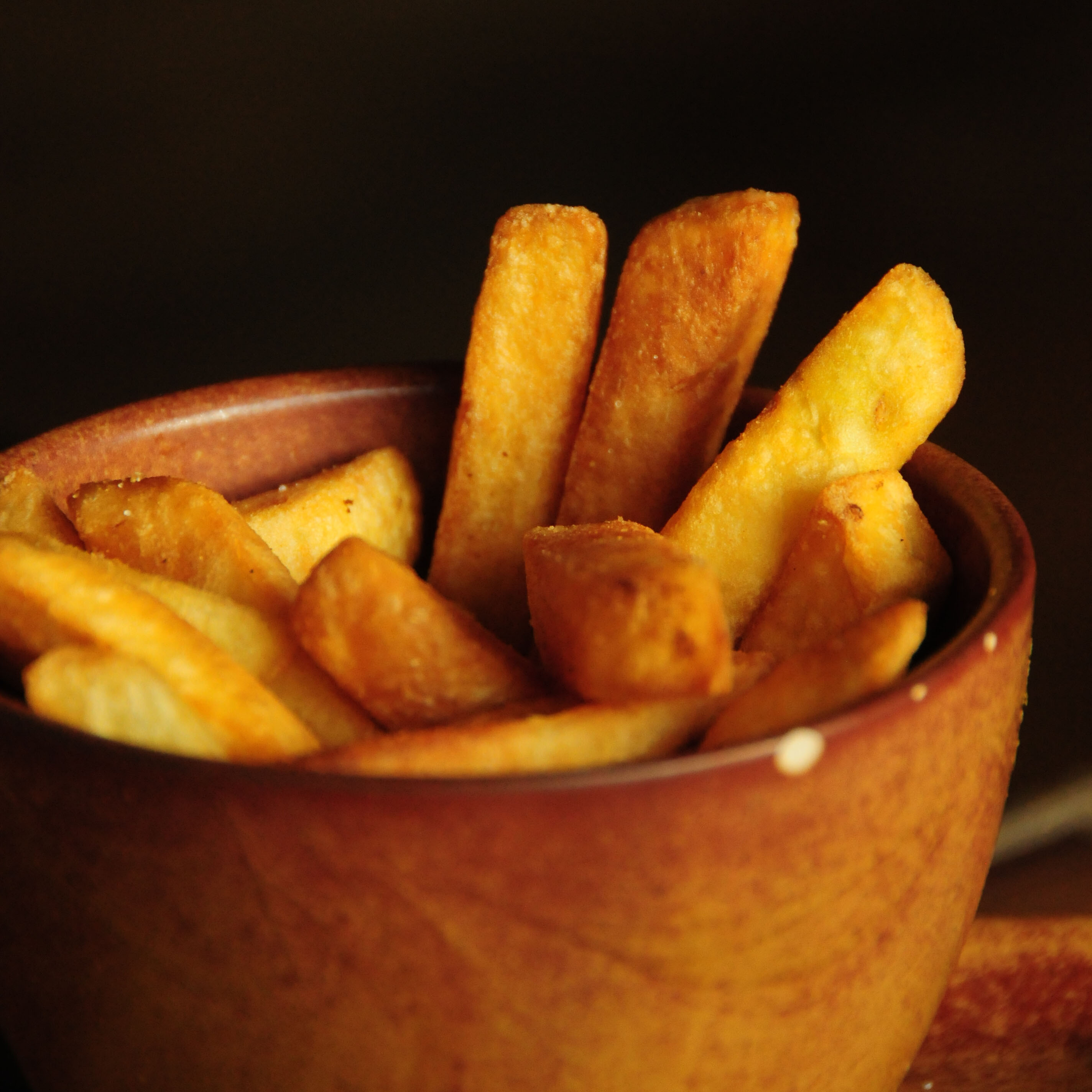'A British comfort-food classic, it soothes and satisfies in equal measure': Tom Parker Bowles and the perfect cottage pie
A British food classic, the humble cottage pie–lusciously rich beef mince, topped with buttery, yet crisply tipped mashed potato–is guaranteed to sooth and satisfy in equal, economic measure.


It’s one of my earliest food memories and happiest, too, that first weekend back from boarding school, sometime in the early 1980s. The Fall Guy is on the television, the dogs at my feet and there’s a plate of cottage pie on my knees. As Lee Majors’s Colt Seavers hauls in yet another wrong ’un, I shovel spoonful after joyous spoonful of beef, lusciously rich, mixed with buttery, juice-soaked mash into my mouth. A fragrant symphony of softness. After a month spent enduring the sullen staples of the English prep-school diet — all grey, greasy, gristly mince and grim, with rock-hard, black-flecked potatoes — home never tasted as sweet.
More than four decades on and the cottage pie has yet to lose its appeal. A British comfort-food classic, it soothes and satisfies in equal measure—economical, democratic and easy to make, the ultimate in laid-back spoon food. Although I love a good shepherd’s pie (which is lamb based) as much as the next man, I find the form reaches its apotheosis when made with beef. It’s also the original of the two — a recipe (of sorts) was first recorded in 1791, with its shepherd’s sibling arriving about half a century later.
With their wistfully bucolic names, both pies have their origins in leftovers, mainly from the Sunday roast. Despite the fact that they can, when cooked with skill, be very fine indeed, they’re the scene of many a culinary crime. P. Morton Shand, a food writer I always turn to when in need of some gastronomic pulpit-bashing, blamed the decline of British food on the culture of leftovers, where ‘the joint lingered from Sabbath to Sabbath, suffering diverse strange transformations in its progress from Sunday’s midday dinner to Saturday’s supper: hot, cold; cold, hashed; cold, minced; cold, rissoles; cold, shepherd’s pie. It is the very diagnosis of dyspepsia’. Well, quite.
Although the combination of cooked beef or lamb, topped with mashed potato, is not exactly a new one, it was with the invention of mechanical mincers, sometime towards the end of the 19th century, that the dish became a staple. As ever, however, technology wasn’t all good news. ‘With the first mincing machines,’ wrote Jane Grigson, ‘prison, school and seaside boarding house cooks acquired a new weapon to depress their victims, shepherd’s pie with rubbery granules of left-over meat, rissoles capable of being fired from a gun.’
This is why I always prefer cottage pie made with fresh beef mince — the best you can find, preferably ground by the butcher before your eyes. And none of that no-fat nonsense, either. A decent whack of liquid, in this case beef stock (although a tin of Baxter’s beef consommé will do splendidly), is important to keep things suitably (but not overly) liquid, as the whole point of a truly great cottage pie is to reach that point in the oven where the juices soak into the mashed potato and bubble through, staining the edges a glorious shade of orangey brown. As well as creating a tiny mountain range of crisp, slightly burnt peaks. Serve in a bowl, with a mass of buttery peas and lashings of Worcestershire sauce.
Recipe: Chilli cottage pie
This comes from Let’s Eat, a cookbook I wrote more than 10 years ago. I really do try to keep my own recipes to a minimum in this column, but I’ve been making this for so long, and so frequently, that it seems mad not to include it. The heat level is strictly to taste and you could substitute the Scotch bonnets (which are very hot and fruity) for any other fresh chilli you desire.
Ingredients
Serves 6
Exquisite houses, the beauty of Nature, and how to get the most from your life, straight to your inbox.
- 2tbspn olive oil
- ½–2 Scotch bonnet chillies, finely chopped
- 4 red onions, finely chopped
- 1kg (2lb 3oz) minced beef (freshly minced, if possible)
- 2tbspn tomato purée
- 4tspn Worcestershire sauce
- Healthy shake of Tabasco
- 500ml fresh beef stock (you can use a cube if you must)
- Sea salt and freshly ground black pepper
For the mash
- 8 large Maris Piper potatoes, scrubbed
- 6tbpsn milk
- 50g (2oz) butter, plus 25g (1oz) to dot on top
Method
Gently heat the oil in a heavy-bottomed saucepan and soften the chillies in it (do open a window, as these chillies can create a gas that tends to get children crying and wives hacked off), then add the onions and soften for about 10 minutes.
Add the beef, turn the heat to high and brown it. Add the tomato purée and cook for two minutes. Add the Worcestershire sauce, a few jigs of Tabasco and the stock; taste, then season. Bring to the boil, reduce the heat to low and simmer for 25 minutes.
Preheat the oven to 160˚C fan/180˚C/350˚F/gas mark 4 and, meanwhile, make the mash. Put the potatoes in a big pan of lightly salted water, bring to the boil, then simmer for 20–25 minutes, until a knife goes through with ease.
Tip into a colander, let the potatoes cool a little, then peel. Heat the milk and butter in a small saucepan until the butter melts, then mash the potatoes with the mixture. Season.
Take a rectangular pie dish and pile in the hot meat. Top with mash. Fork the top of the mash so it looks like a choppy sea. Dot with a little extra butter and bake for 20–30 minutes, until the top is golden and the meat bubbling fiercely below. Serve with boiled peas.
Tom Parker-Bowles is food writer, critic and regular contributor to 'Country Life'. His new book, 'Cooking and the Crown: Royal recipes from Queen Victoria to King Charles III', is out now

Credit: Getty
Greatest recipes ever: Heston Blumenthal's chips
Tom Parker Bowles chooses Heston Blumenthal's chips as one of his greatest recipes ever.
Tom Parker Bowles is food writer, critic and regular contributor to Country Life.
